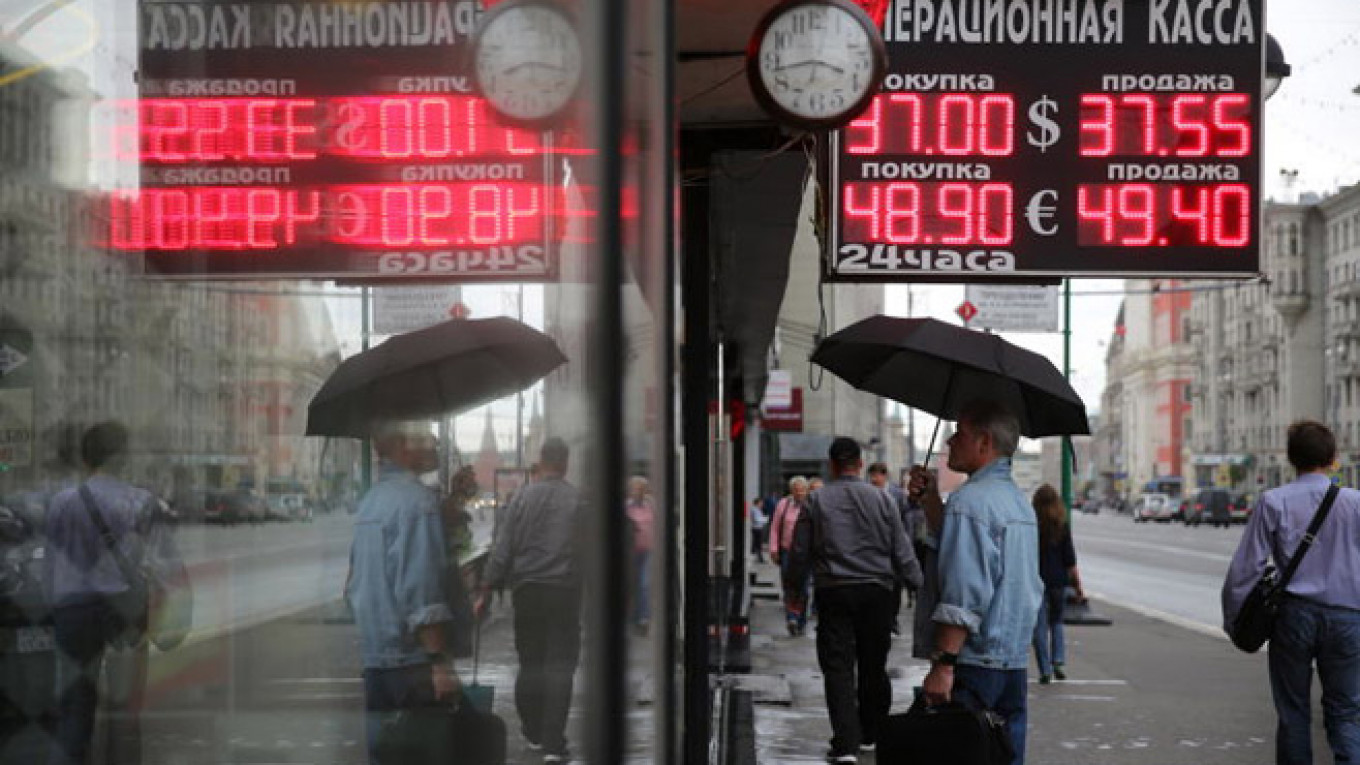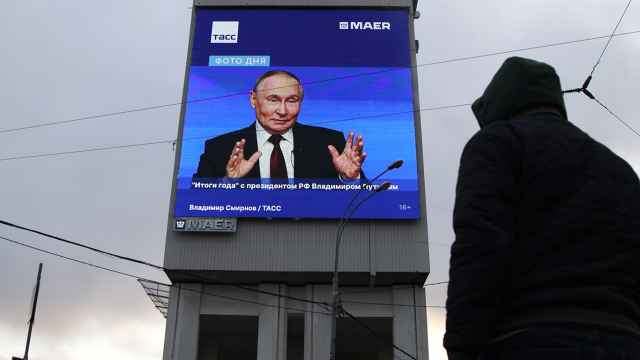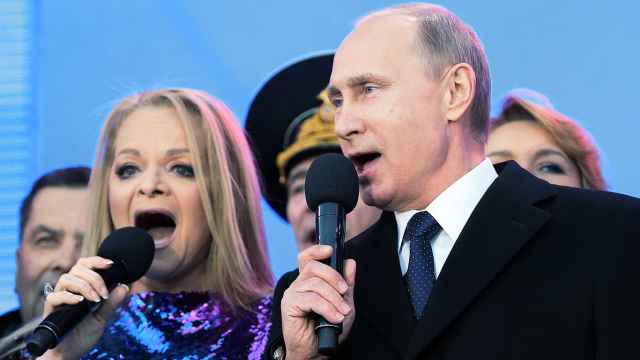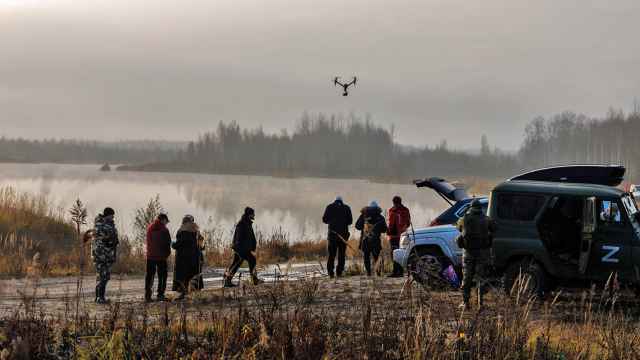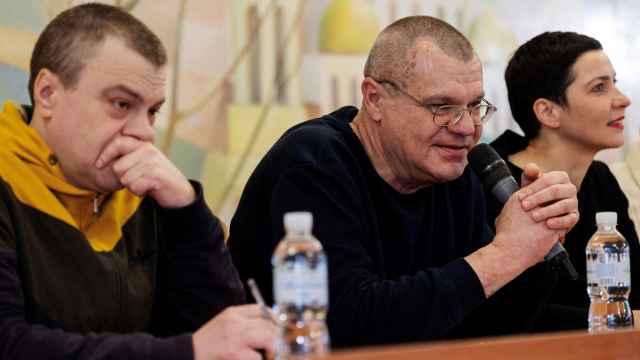August is traditionally the month when something unexpected, and usually with a long-lasting legacy, is likely to occur in Russia. In previous years there have been wars, acts of terrorism and major accidents. This year, amid the noise of war in Ukraine and the escalation of sanctions by Russia and the West, the Russian Central Bank has made a significant change in the way it manages the ruble exchange rate.
The Central Bank further widened the ruble trading band and made clear that, except for extreme situations, it will no longer regularly intervene in the foreign exchange market to stabilize or support the ruble. That is a significant change of policy, although entirely consistent with the Central Bank's determination not to be distracted from its plan to allow the ruble full free-float from early 2015.
Since the escalation of the Ukraine crisis in early March, the Central Bank has raised its benchmark key rate from 5.5 to 8 percent and spent $26 billion of national reserves in support of the ruble.
This is a lot less than the near $200 billion used between August 2008 and August 2009, but it is still a considerable sum at a time when so many projects need funding and so many state companies are asking the government to stand in for the blocked foreign debt markets.
The Central Bank will continue to use interest rates to try to influence the currency, as other major central banks do, albeit the main use of interest rates for the foreseeable future will be to try to cut the still rising rate of consumer inflation.
What this means is that the ruble exchange rate against the dollar and the euro, for example, will be more volatile in the future. The exchange rate will also be much more sensitive to political noise, sanction risk, domestic economic indicators and the price of oil. As an illustration of that effect, the ruble's exchange rate against the dollar fell 4 percent through the month of August.
In terms of specifics, if the current cease-fire process in eastern Ukraine comes to nothing and both fighting and the risk of sanctions increase next week, the ruble-dollar exchange rate will quickly deteriorate toward 38 or 39, especially as the price of Urals crude is again perched precariously at $100 per barrel.
On the other hand, if the cease-fire process looks like it might yield a positive result and Urals crude rises off the $100 per barrel level, then there is a good chance that the ruble may recover toward the theoretical fair value of 36 against the dollar.
The main point being that the Central Bank will not try to manage the ruble in either direction but will let the market dictate. At Macro Advisory we have revised the forecast year-end ruble-dollar rate to 37.5 to reflect the mix of variables still possible over the coming months.
So why has the Central Bank allowed the ruble to more freely float in the middle of the most serious crisis the country has faced since 1998? It comes down to a question of priorities. Allowing the ruble to more freely react to economic-political threats and to the oil price provides protection for the federal budget. A weaker ruble means that export earnings, as well as the taxes paid on those exports, translate into a larger ruble sum and boost the revenue side of the budget.
Hence the federal budget may balance at close to $100 per barrel crude, provided that the ruble-dollar exchange rate is weaker than 37.5, while at an exchange rate of 36 the budget will need crude oil closer to $109 per barrel.
The weaker ruble is also an indirect stimulus to domestic producers. It means that imported products are more expensive while domestic goods become more price-competitive. Over the past six months, one of the few positive indicators in the Russian economy has been the growth in the manufacturing sector on a year-over-year basis.
The weak ruble effect is the reason why the economy, just about, avoided a recession in the second quarter. Allowing the ruble to weaken is a much more efficient and cheaper option than boosting direct budget spending on stimulus programs. A weaker ruble is also good for other areas of the economy if, for example, people decide to vacation or shop at home rather than in more expensive foreign locations.
In terms of what will drive the ruble's exchange rate from here, there are a number of factors to watch. The first, and by far the most important over the short to medium term, is the political news and sanctions.
As we have seen in recent weeks, the ruble is now the most sensitive indicator of risk on Russia's capital markets. Sanction escalation, especially in the newly established tit-for-tat format, will send the ruble toward 38 against the dollar, or lower, very quickly.
Positive news will result in an expansion of the rally seen on Wednesday morning after the initial statement from Ukrainian President Petro Poroshenko. The second factor, which will be the most important long after the political crisis eases, is the oil price. This will be especially the case if the government abandons or eases the fiscal rule in the budget to allow more oil revenue spending.
For now, and despite the recent weakness in the oil price as concerns rise about the global economy, the risk of a major oil price collapse is slight. It is clear that the emergence of ISIS in the Middle East is a significant game changer and brings unknown, but probably high, risks to oil flows.
Traders will not be too keen to see the risk premium fall too far so long as that threat remains real. The fact that the small Gulf country of the United Arab Emirates felt compelled to take the wholly unprecedented step of sending war planes all the way to North Africa to bomb targets in Libya also shows just how dangerous and fragile political stability is across the whole region. For Russia, that risk provides comforting support to the oil price and to the economy as a whole.
With the Central Bank now taking more of a passive role in terms of direct currency management, the ruble will also be more responsive to the regular flow of economic updates — as is normal in developed economies — and to the Central Bank's efforts to tame rising consumer inflation.
It is certainly a brave move in the midst of so much uncertainty, as while the Central Bank does reserve the right to step in to prevent a major collapse in a worst-case scenario, the major risk is that so-called capital flight spikes again as savers and companies shift their ruble cash into alternative currencies.
That threat is the lesser of two evils for now, as protecting the federal budget, which allows the government more spending options, and boosting the competitiveness of the domestic manufacturing sectors are currently much greater priorities.
Chris Weafer is a senior partner with Macro Advisory, a consultancy advising macro hedge funds and foreign companies looking at investment opportunities in Russia.
A Message from The Moscow Times:
Dear readers,
We are facing unprecedented challenges. Russia's Prosecutor General's Office has designated The Moscow Times as an "undesirable" organization, criminalizing our work and putting our staff at risk of prosecution. This follows our earlier unjust labeling as a "foreign agent."
These actions are direct attempts to silence independent journalism in Russia. The authorities claim our work "discredits the decisions of the Russian leadership." We see things differently: we strive to provide accurate, unbiased reporting on Russia.
We, the journalists of The Moscow Times, refuse to be silenced. But to continue our work, we need your help.
Your support, no matter how small, makes a world of difference. If you can, please support us monthly starting from just $2. It's quick to set up, and every contribution makes a significant impact.
By supporting The Moscow Times, you're defending open, independent journalism in the face of repression. Thank you for standing with us.
Remind me later.



